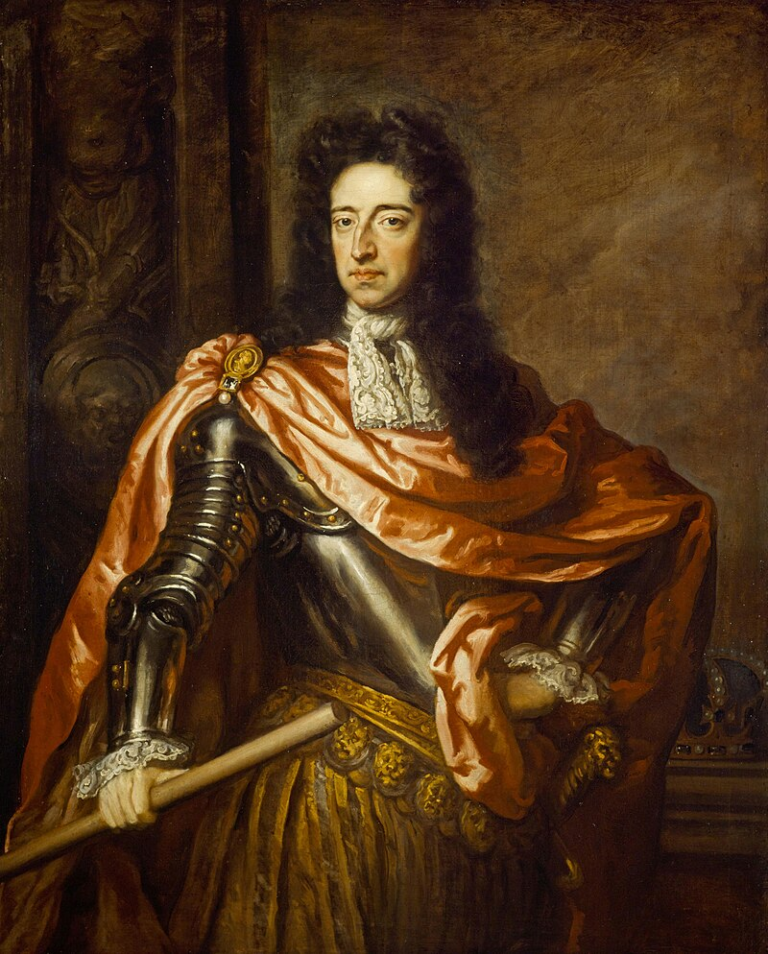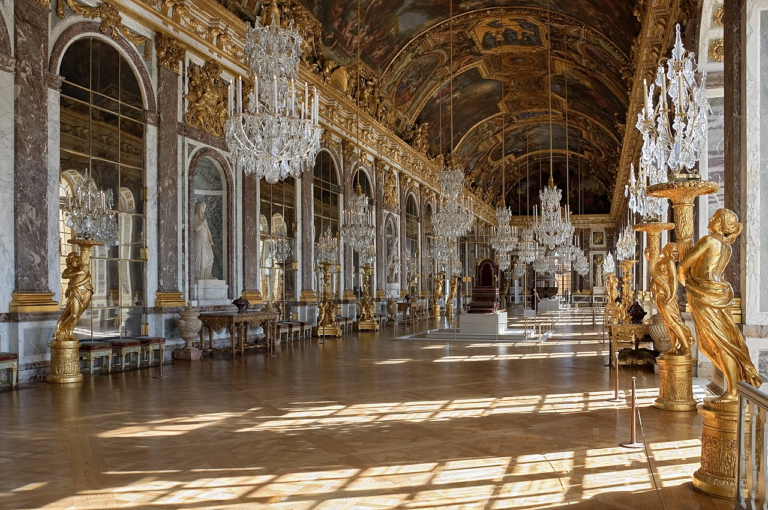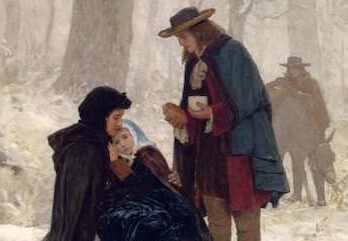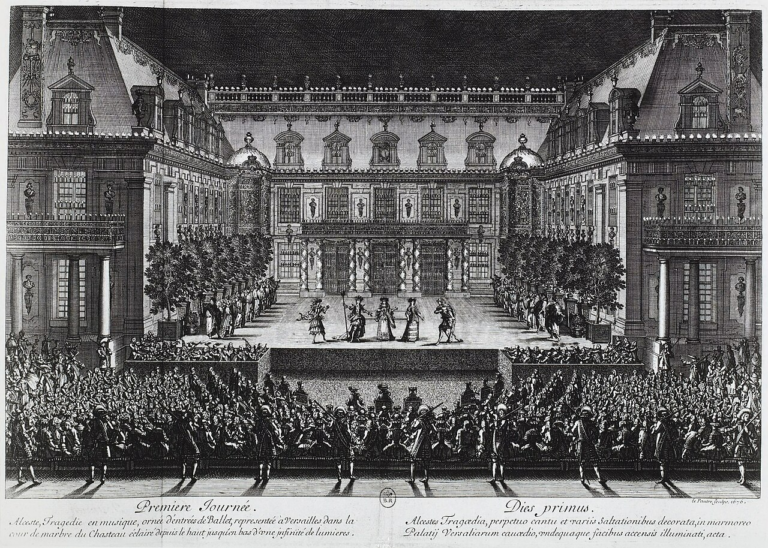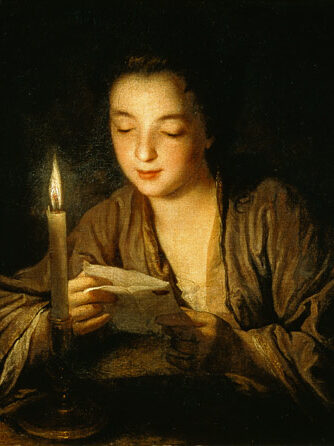W is for William III – William of Orange
A contribution to the #AtoZchallenge 2024 King William III of England, also known as William of Orange, was a significant figure in European history during the late 17th century. Early Life and Background In the Early Modern Period and well into the 19th century, marriages among members of the upper echelons of European society was…

